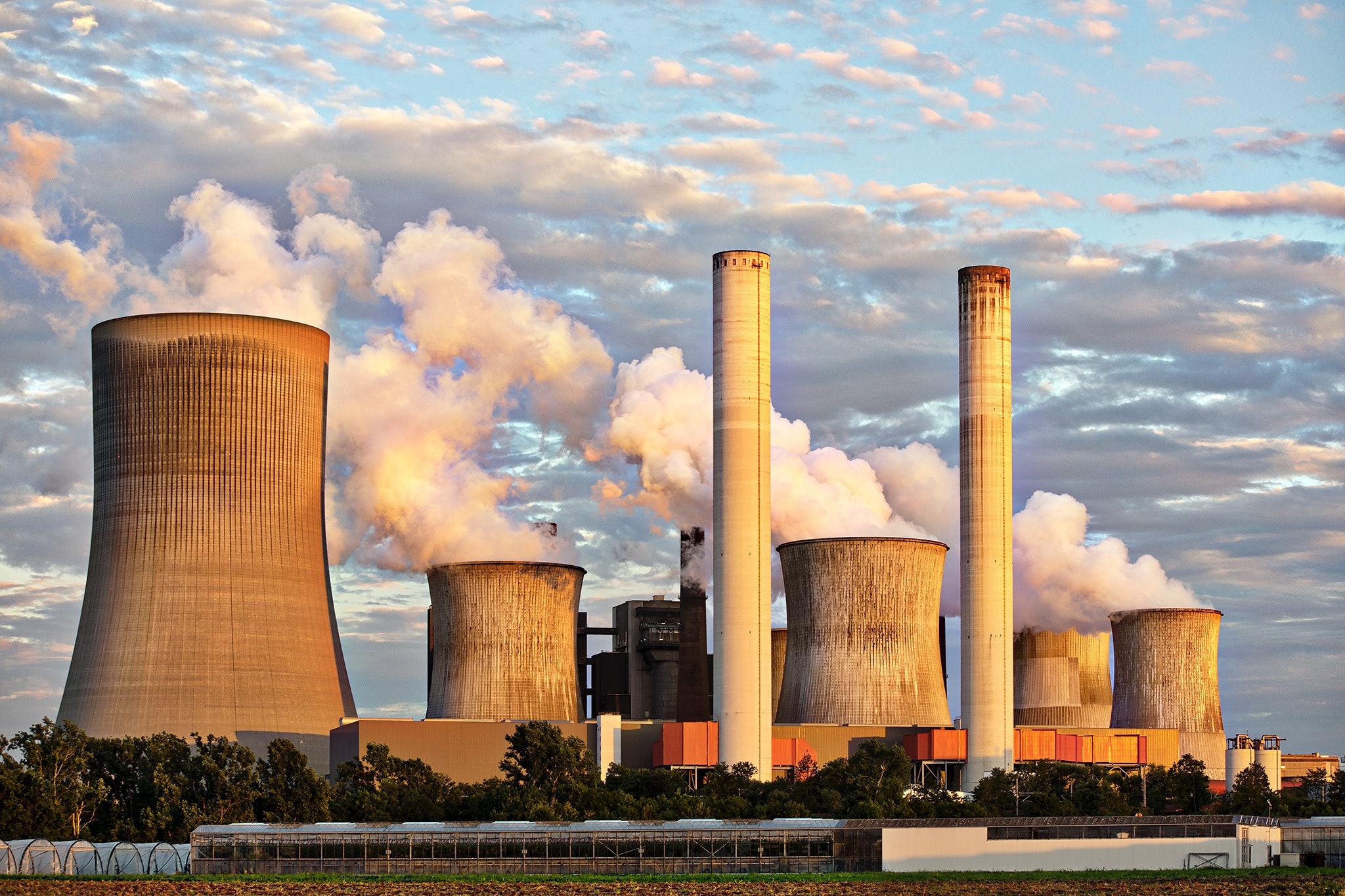Last updated on September 20th, 2023
 Carbon pricing is a popular environmental initiative that is meant to decrease the amount of carbon dioxide emitted into the atmosphere by major companies worldwide. This not only includes gas companies, energy companies, and large industrial plants, but also large non-energy related businesses with a recognized carbon footprint. The idea behind carbon pricing is simple: big businesses exist to make money, and the language of money is the one that they most easily understand. Carbon pricing puts a price tag on “the right” to emit carbon dioxide. It would effectively charge a fixed amount each tonne of carbon dioxide produced by a given company in a given state or country.
Carbon pricing is a popular environmental initiative that is meant to decrease the amount of carbon dioxide emitted into the atmosphere by major companies worldwide. This not only includes gas companies, energy companies, and large industrial plants, but also large non-energy related businesses with a recognized carbon footprint. The idea behind carbon pricing is simple: big businesses exist to make money, and the language of money is the one that they most easily understand. Carbon pricing puts a price tag on “the right” to emit carbon dioxide. It would effectively charge a fixed amount each tonne of carbon dioxide produced by a given company in a given state or country.
Currently, carbon pricing exists in two variations: as a carbon tax (a direct penalty for emitting carbon dioxide) or as a cap-and-trade system (especially in the European Union), in which a given region or industry has a fixed allowance (cap) of permitted carbon dioxide emissions, which also allows companies functioning within the industry or region to buy and sell their allotments, depending on how little or how much carbon dioxide they need to produce (trade).
But surprisingly this is not the case. In fact, major companies already proactively include “climate readiness” in their budgets and risk management programs, allowing themselves additional resources and finances to meet the regulations when they are implemented. According to a September 2014 report by the Carbon Disclosure Project, there are 29 major companies based in the United States that already disclose internalizing a price on carbon. Globally, almost 500 companies worldwide report being part of a regulated global carbon market, either paying a carbon tax already or factoring it into their business plans. Furthermore, 638 companies globally recognize the investment potential of carbon regulation, as it can be a business opportunity where emission reduction is concerned.
British Petroleum made headlines this week openly supporting carbon pricing in their report titled “BP Energy Outlook 2035: Growing Gas and Shifting Flows”. Carbon pricing was cited as a simple and effective addition to a complex solution required to decrease greenhouse gas emissions. Other integral parts of the solution include the increase in production of sustainable energy like wind and solar energy, improvement of existing technology and limiting heavy coal usage, but these are already well-known and recognized ways, while carbon pricing is a new addition.
While it may seem counter-intuitive to claim that energy producers and gas companies would support carbon pricing measures, which would strain their existing resources and require major adjustments in business operations, it is also clear that industries require stability. Should there be a worldwide carbon price system in place, it is in everybody’s interest to make it as transparent and as the uniform for all as possible.
Currently, there are no federal regulations in place regarding carbon taxation is the United States, but state-wide carbon taxes or cap-and-trade system implementations are considered and scheduled in California, Washington State, and Oregon.

No comment yet, add your voice below!